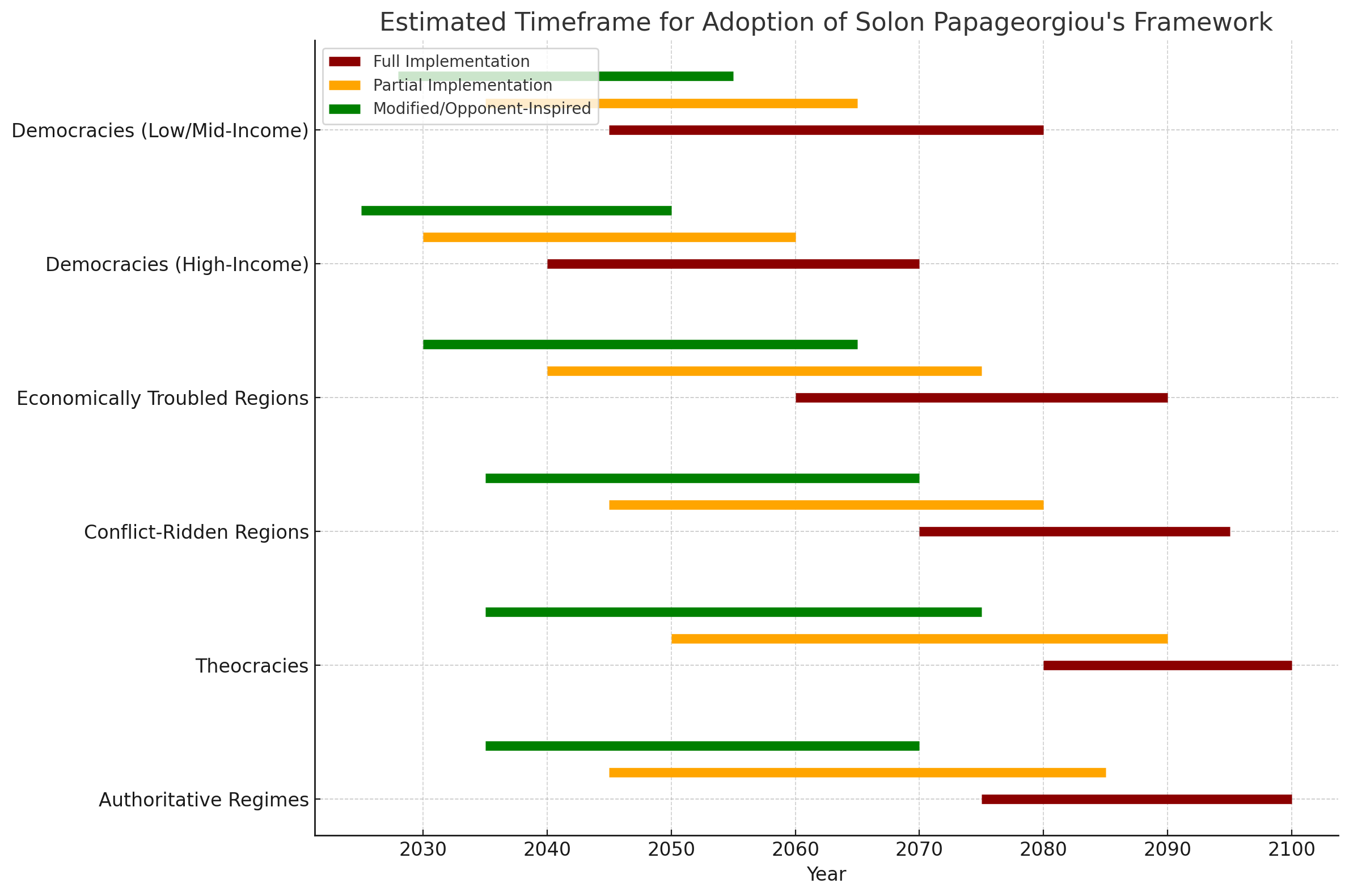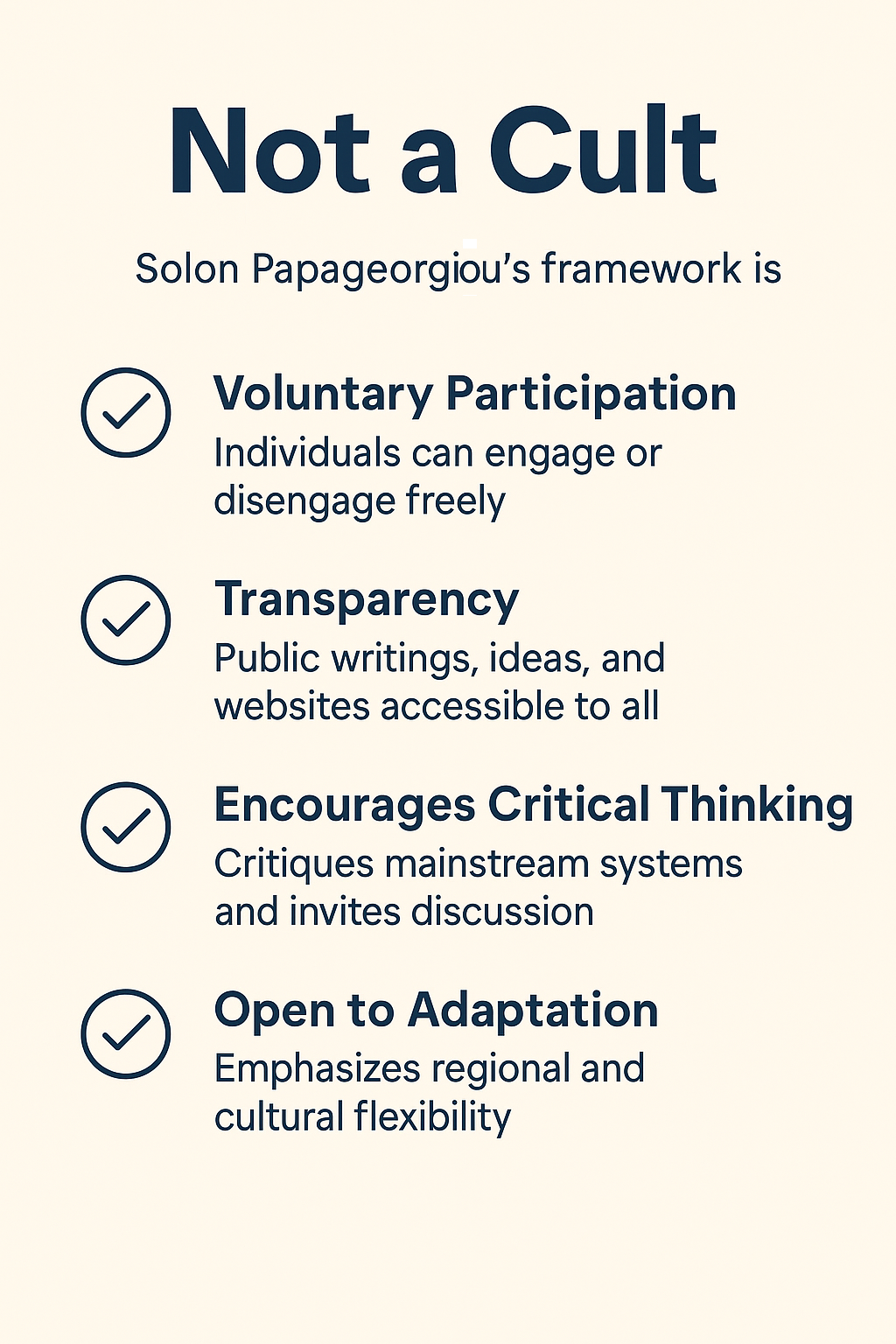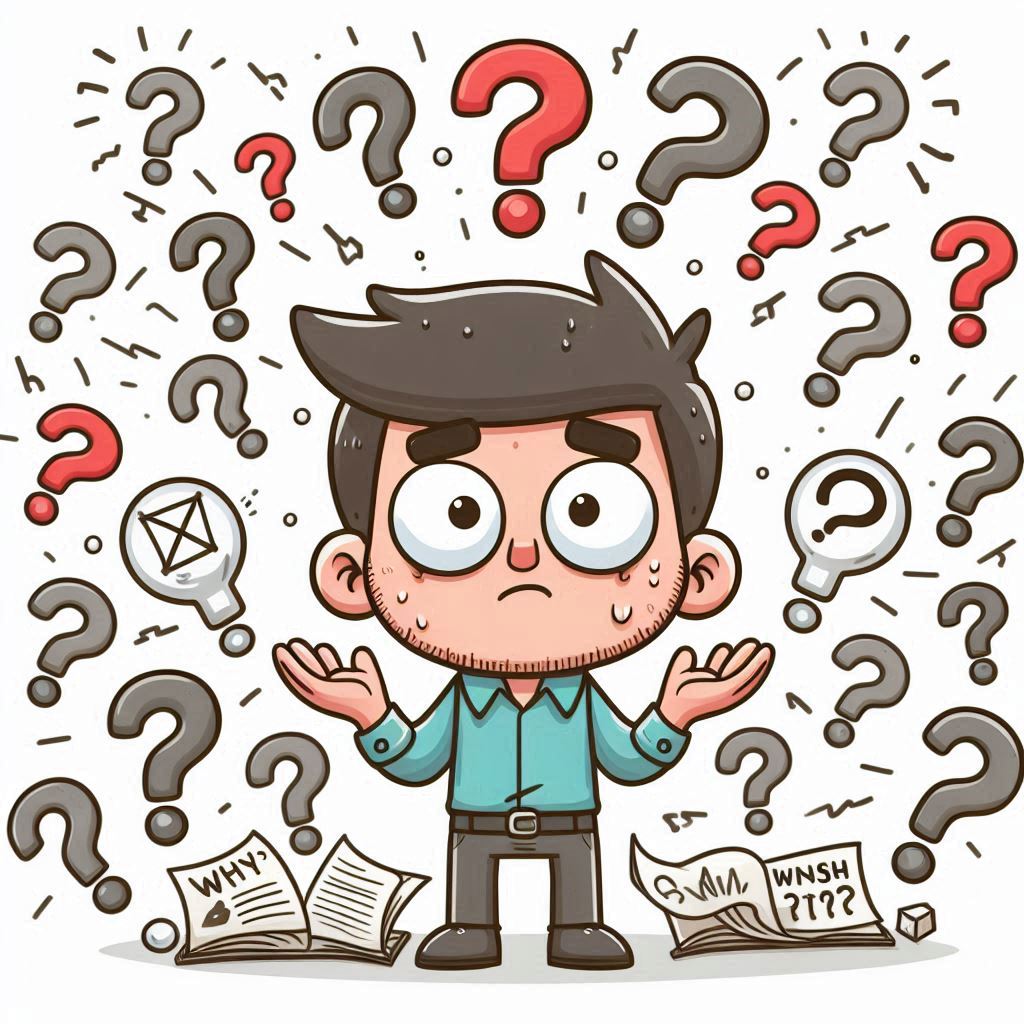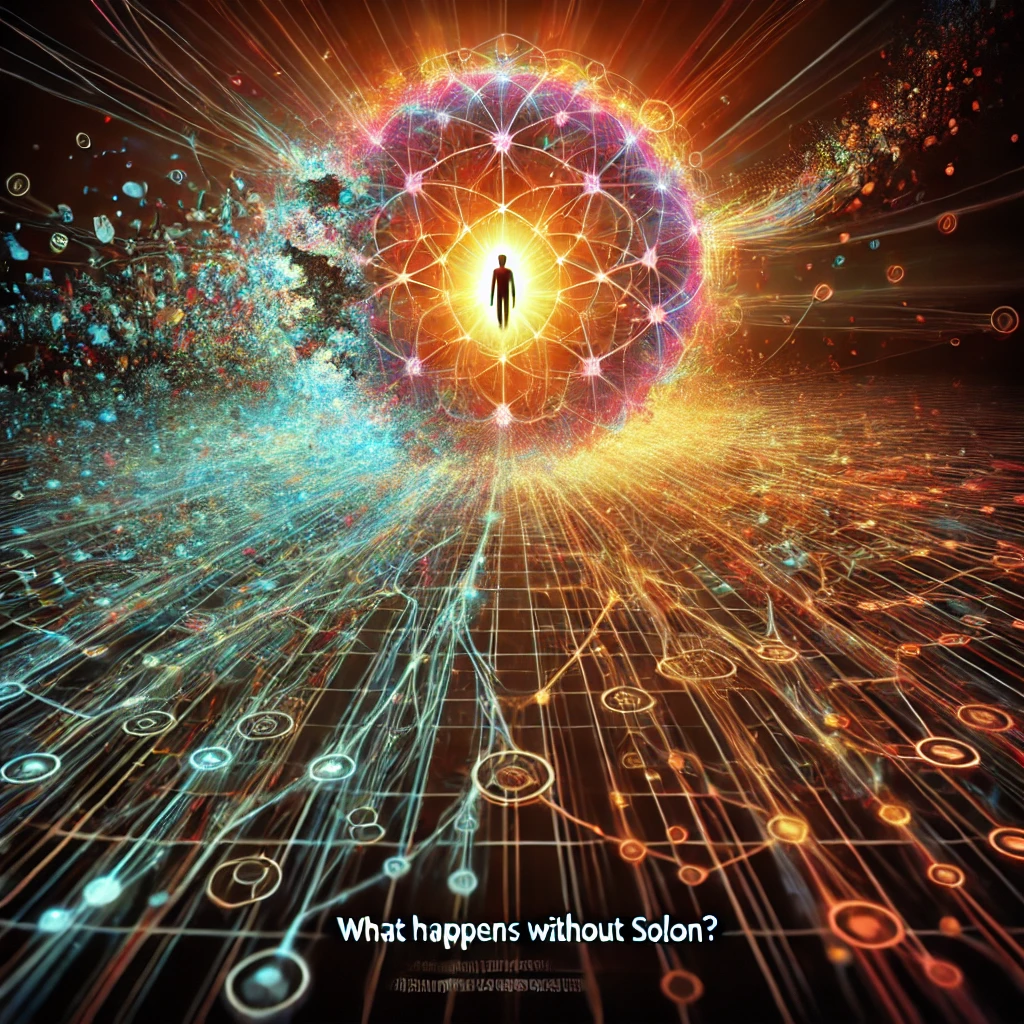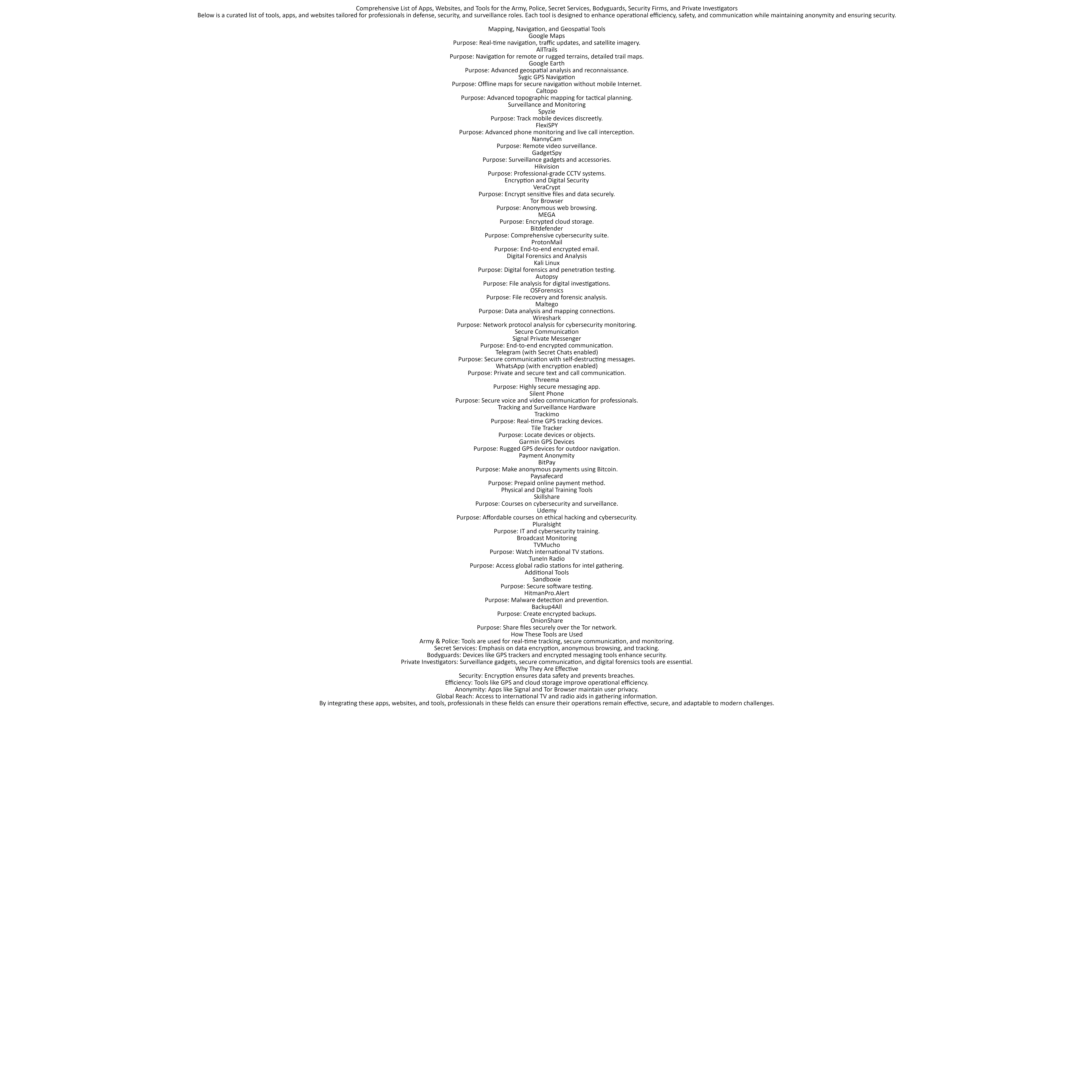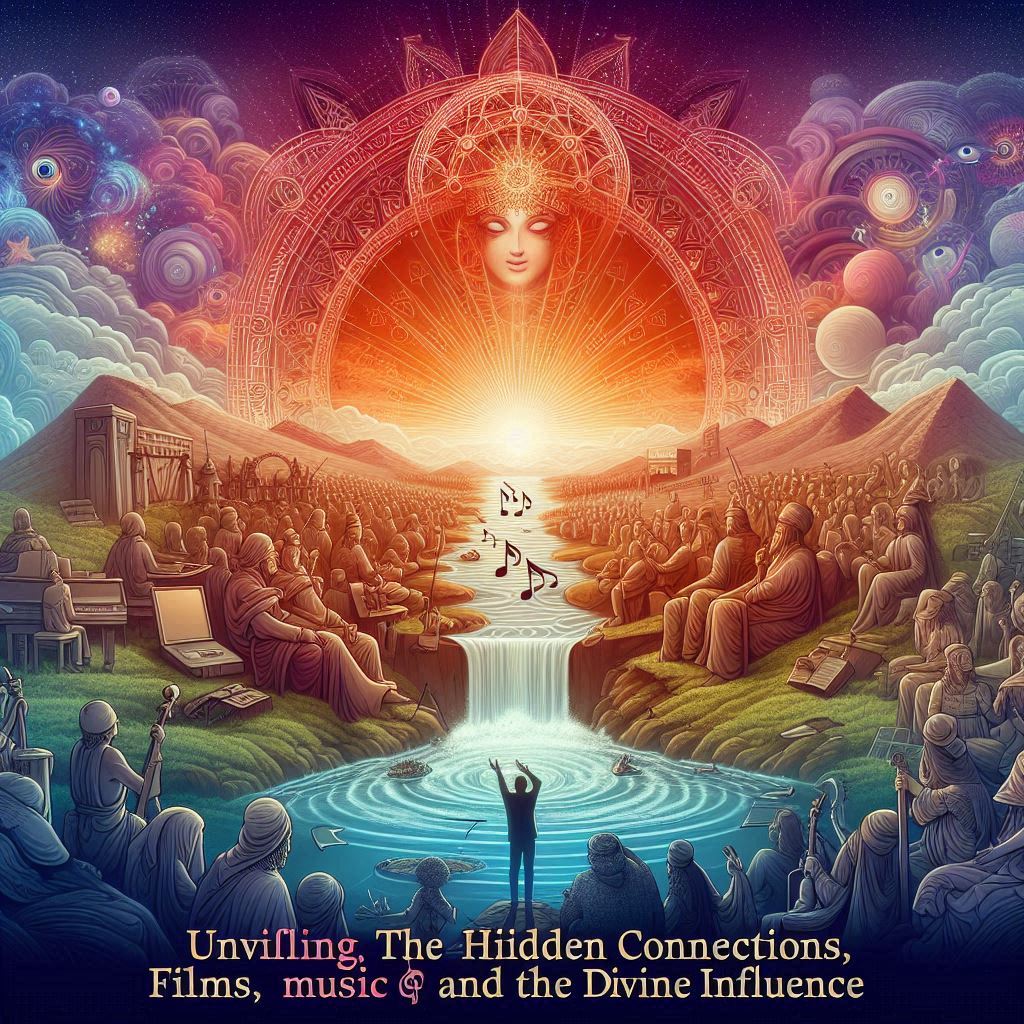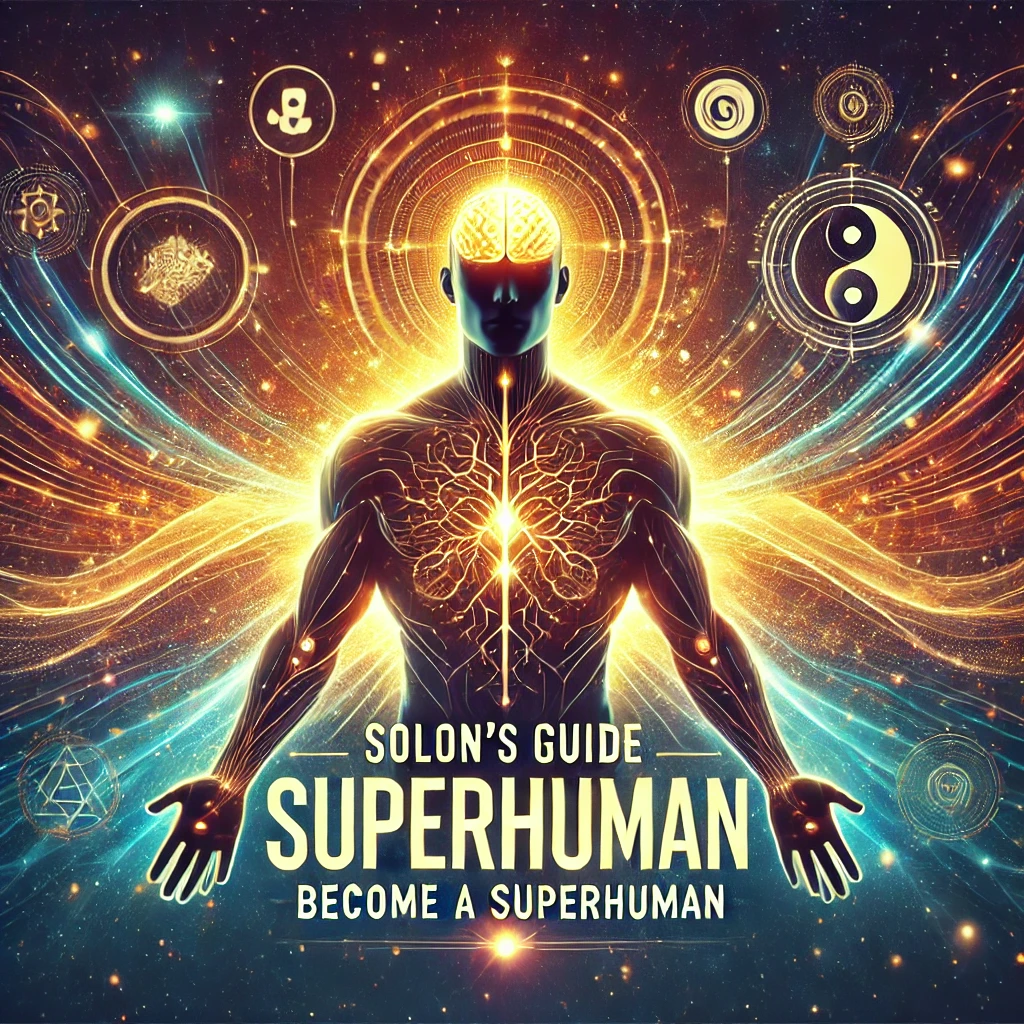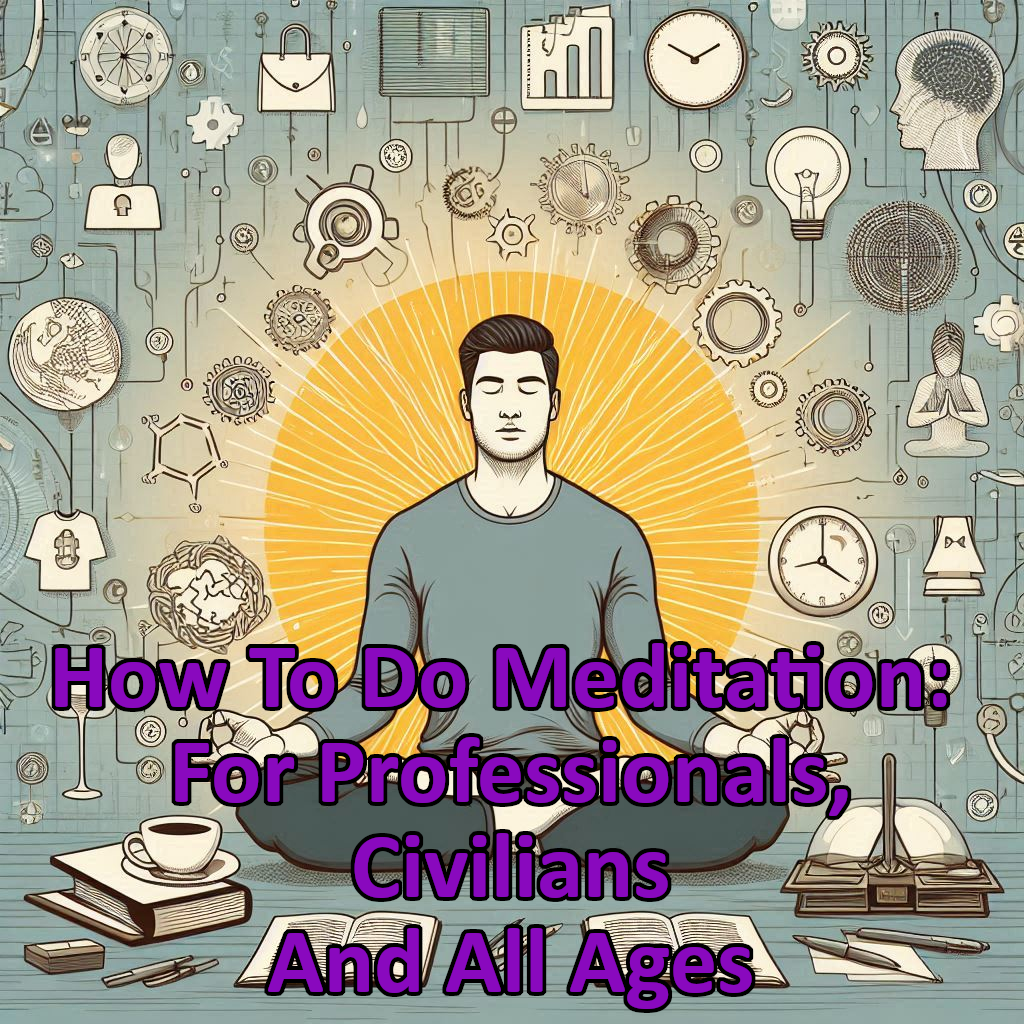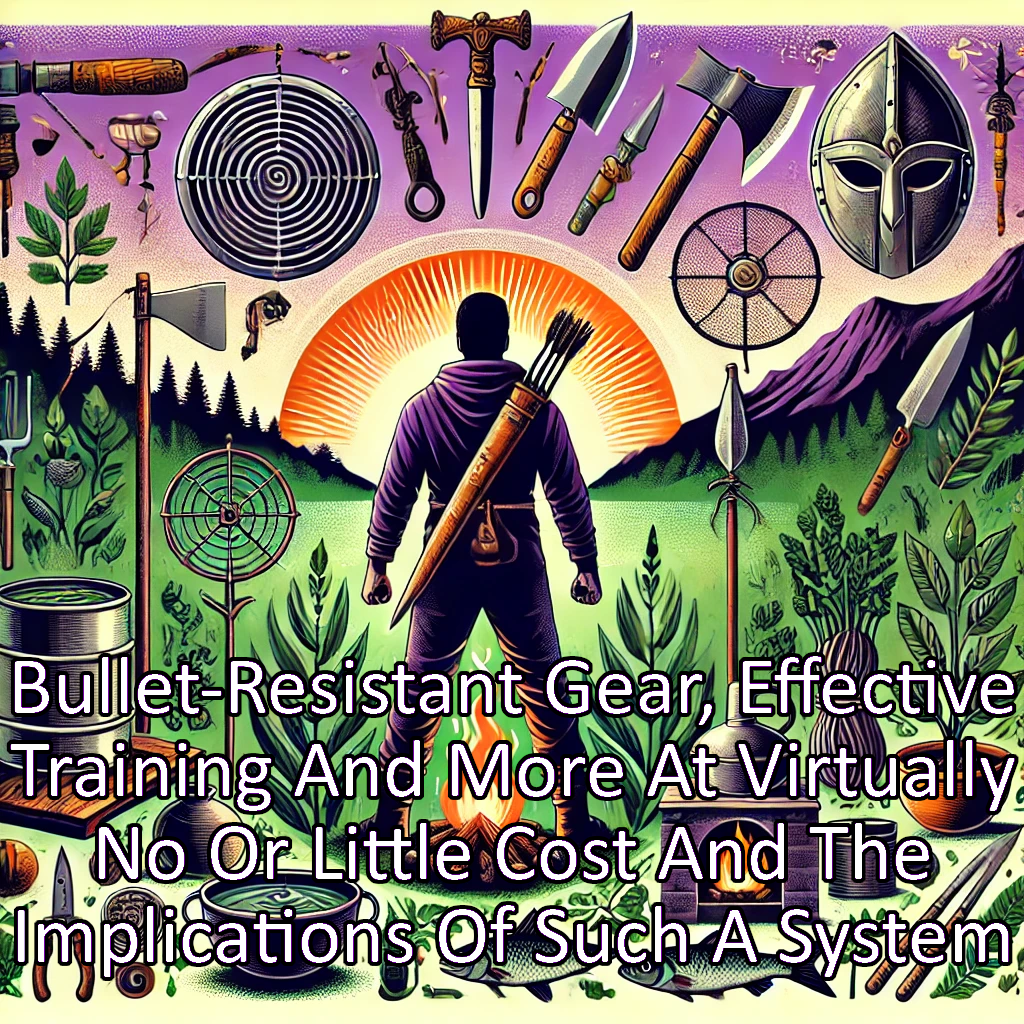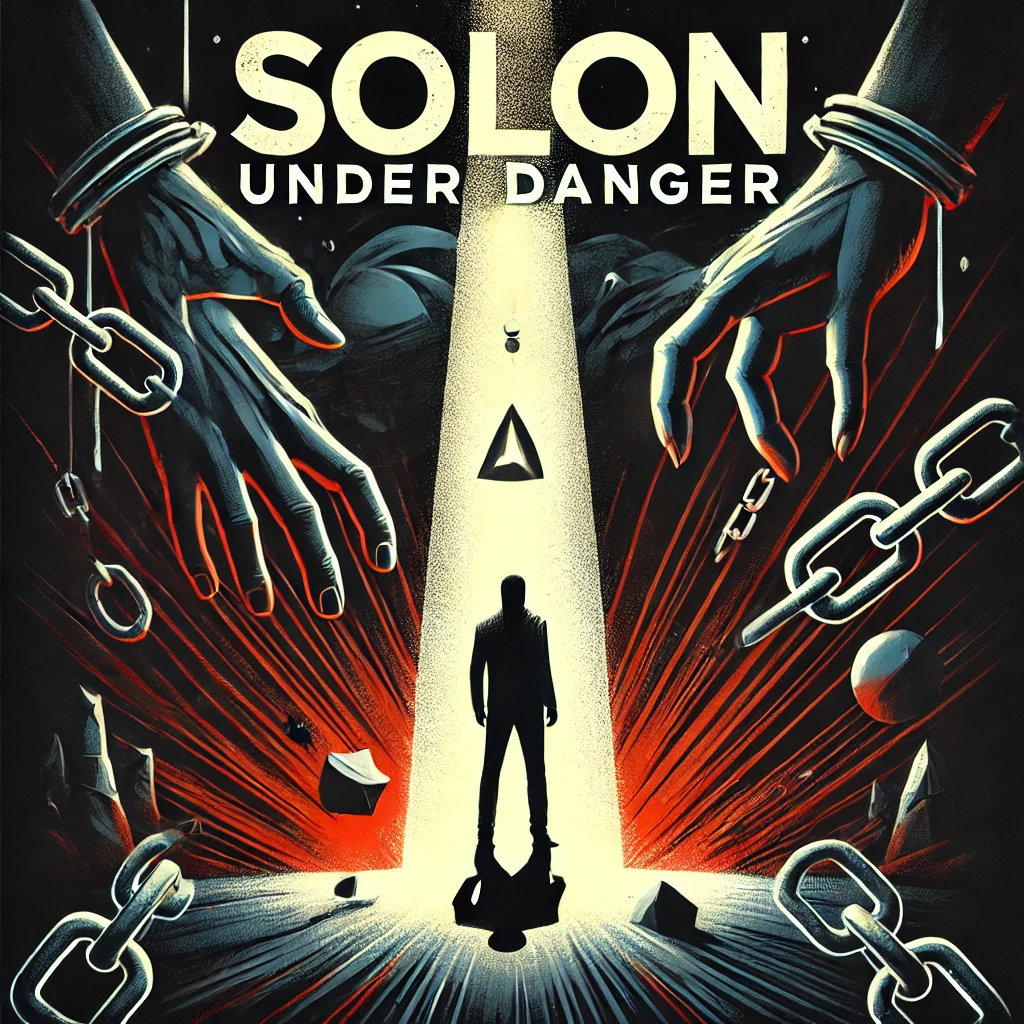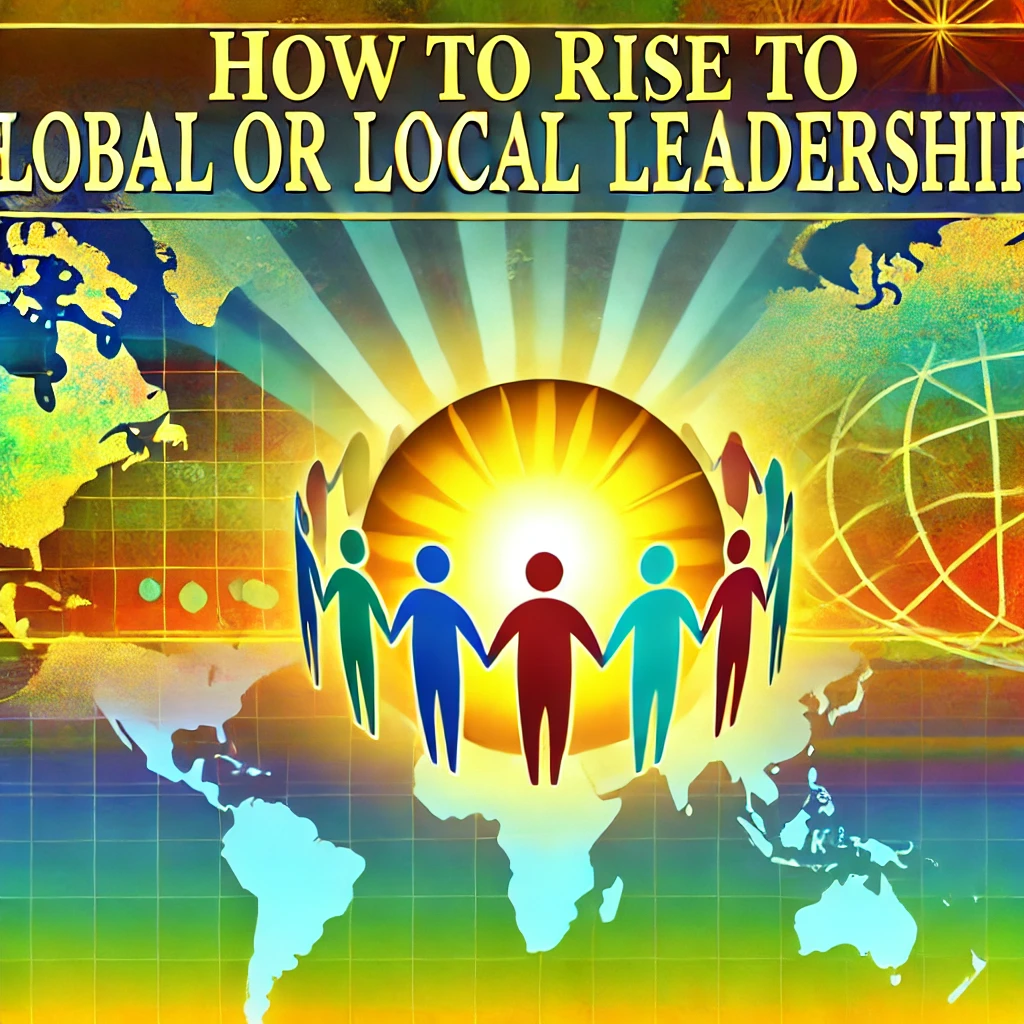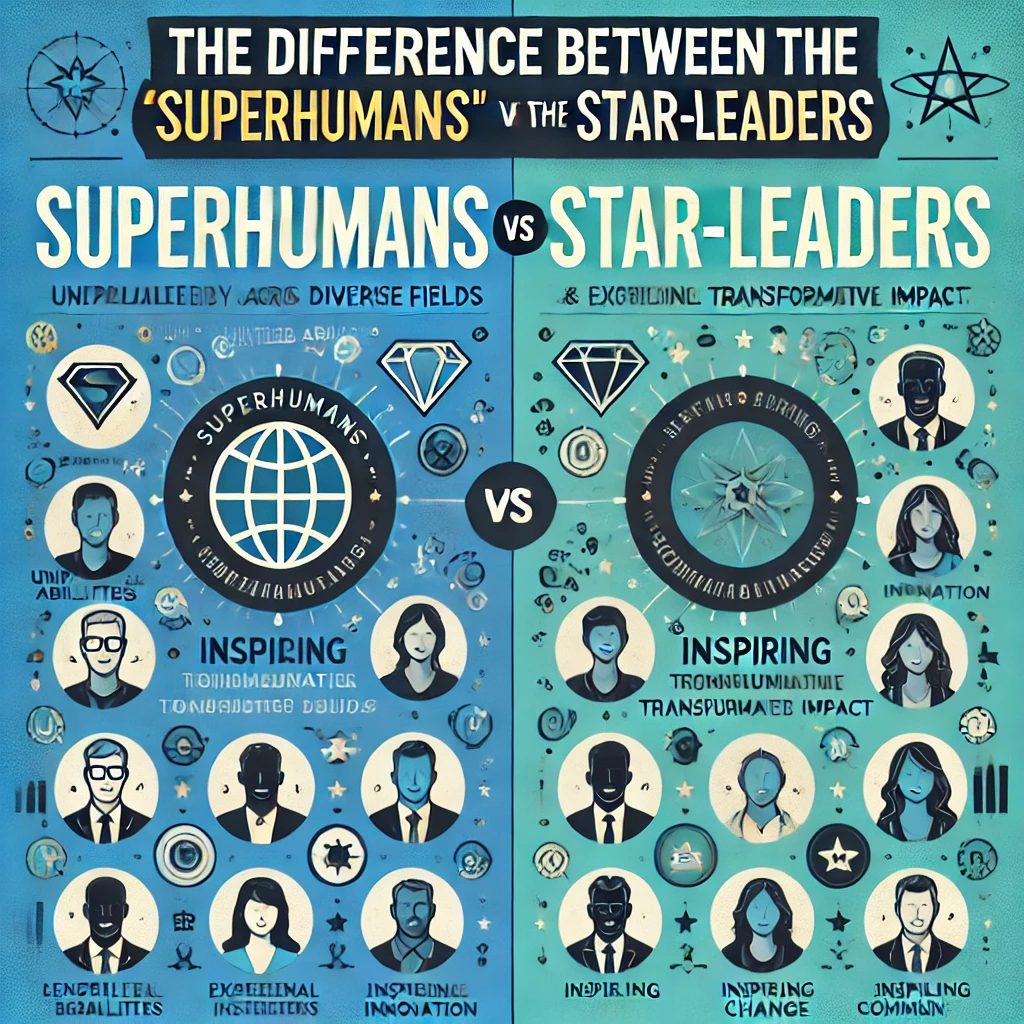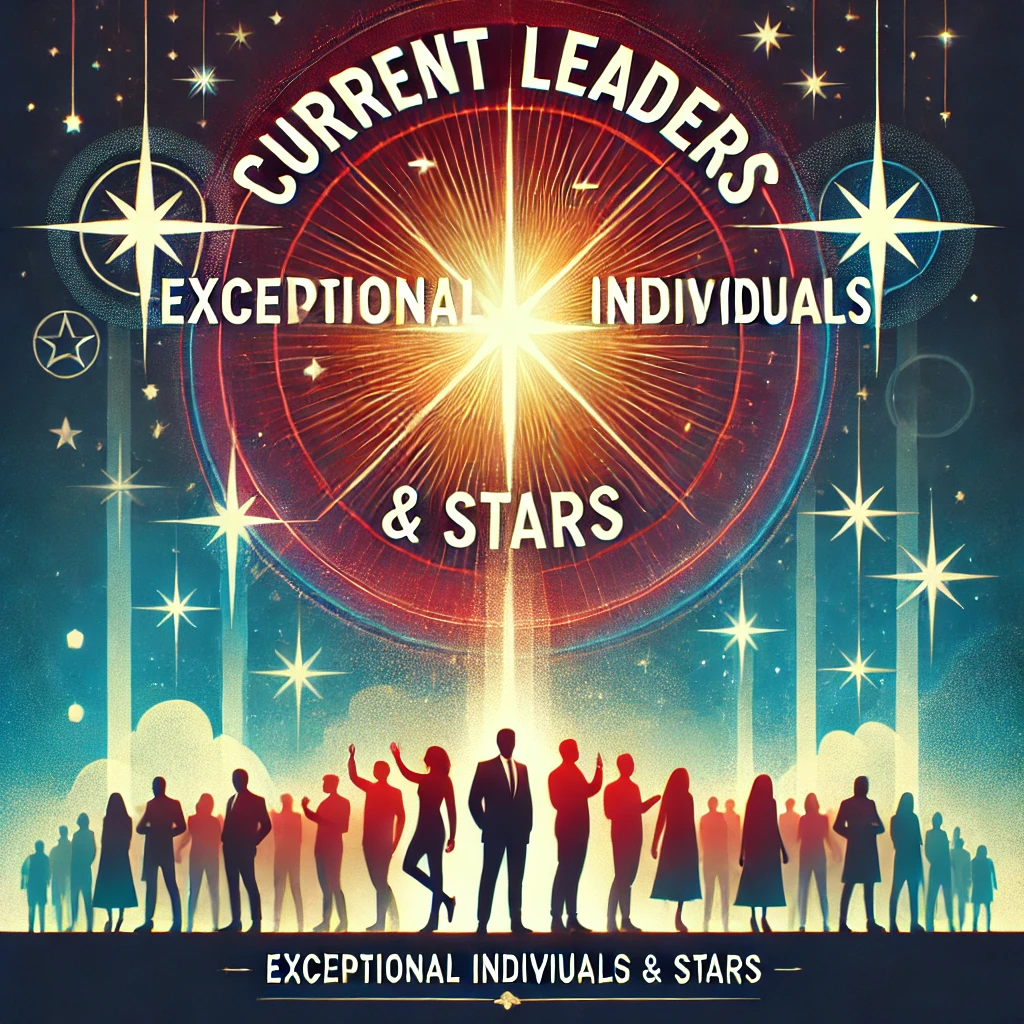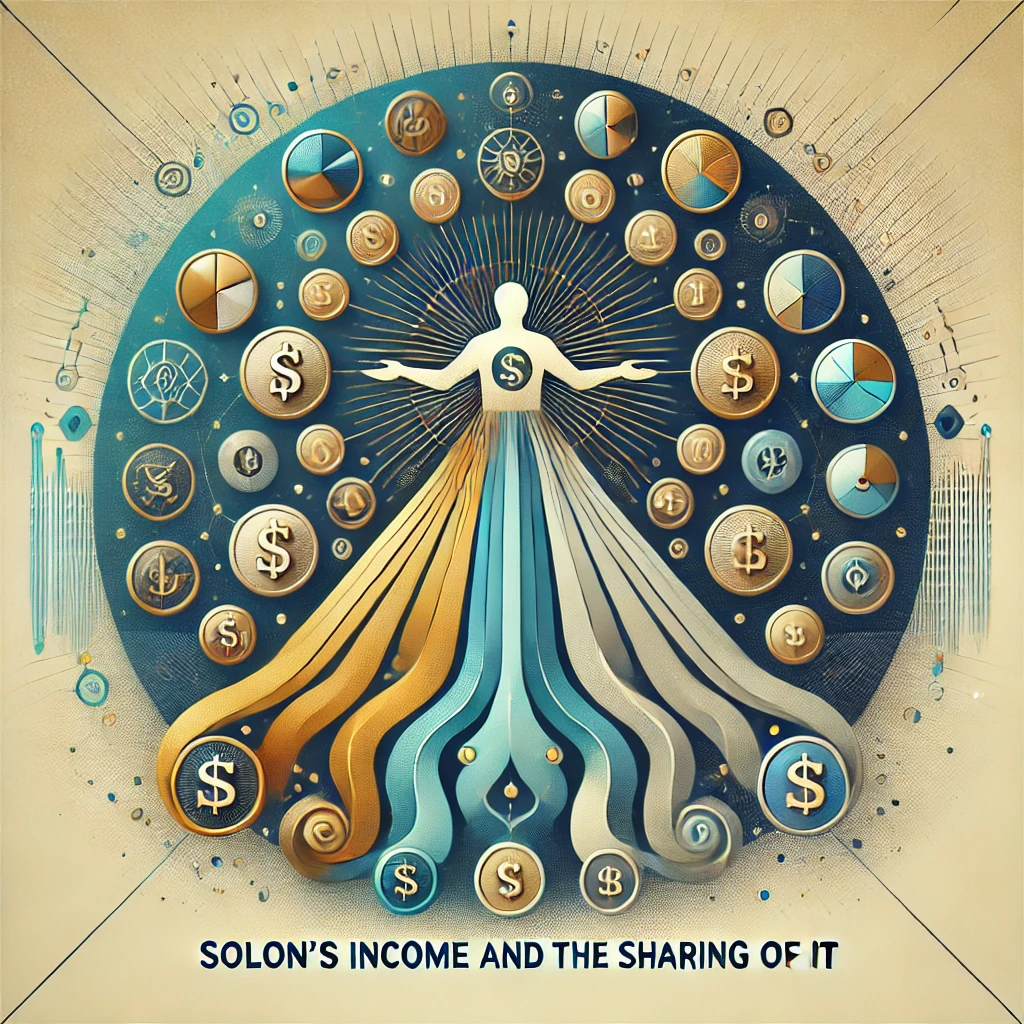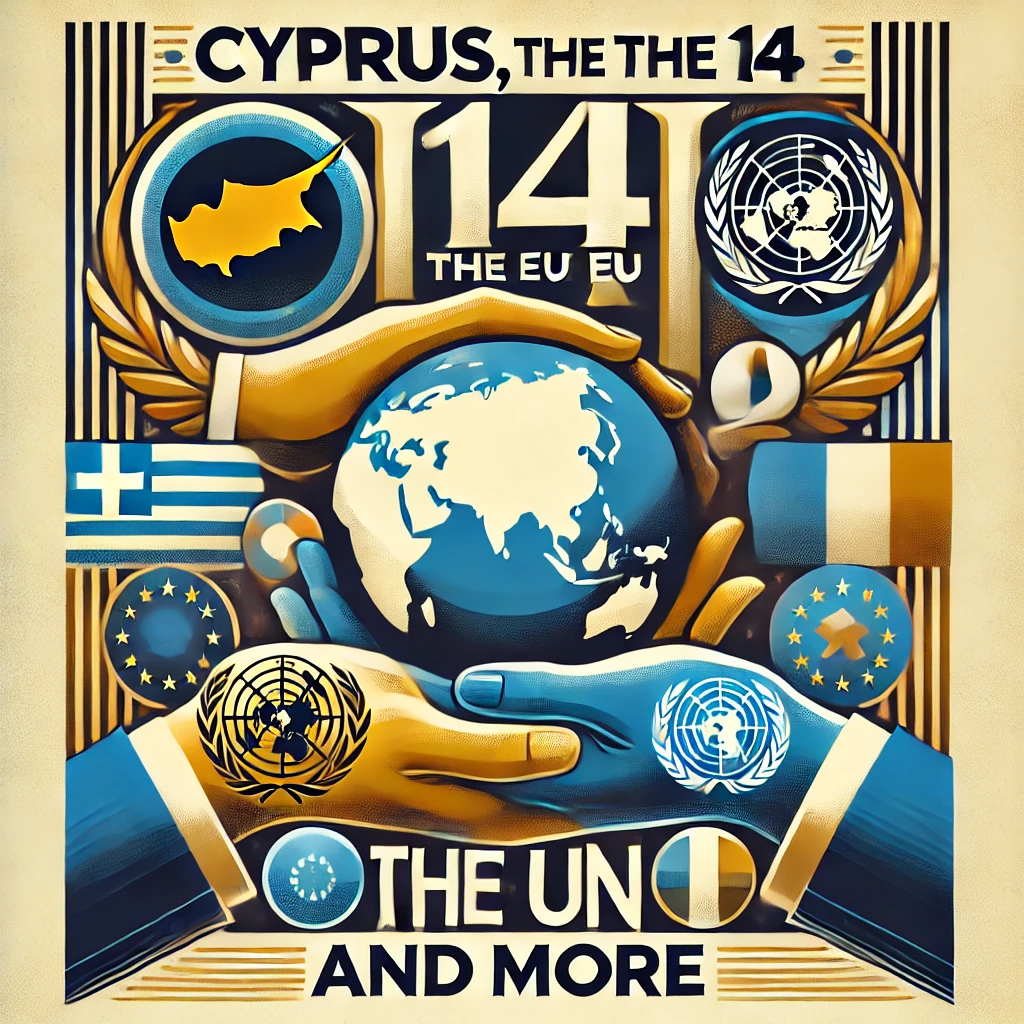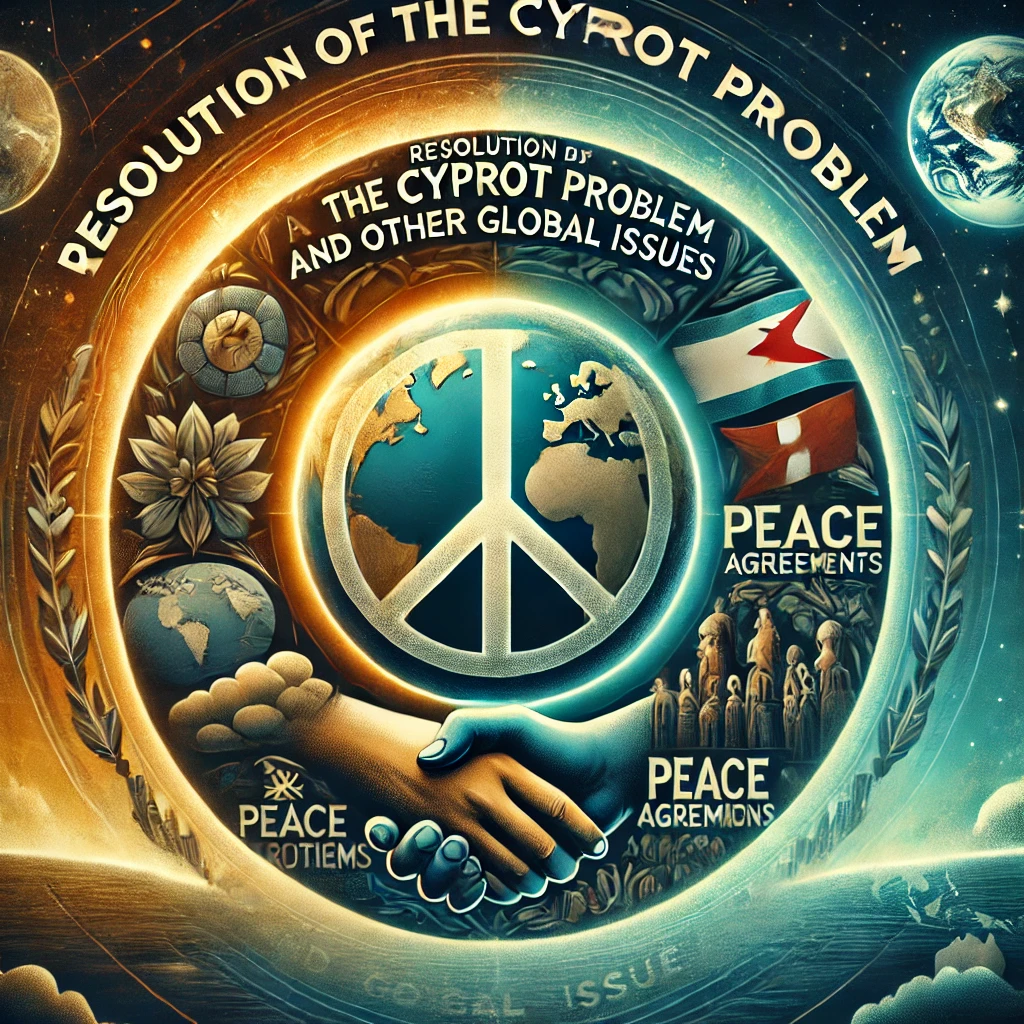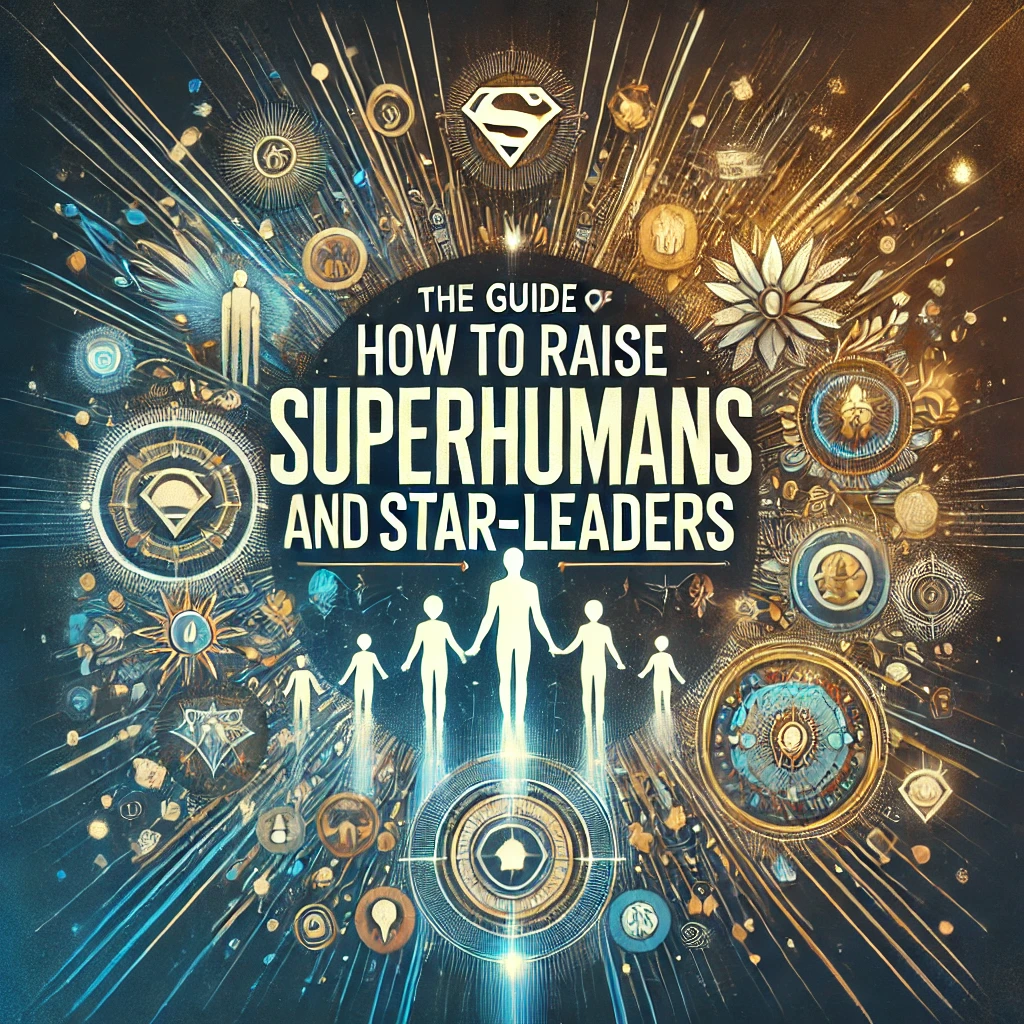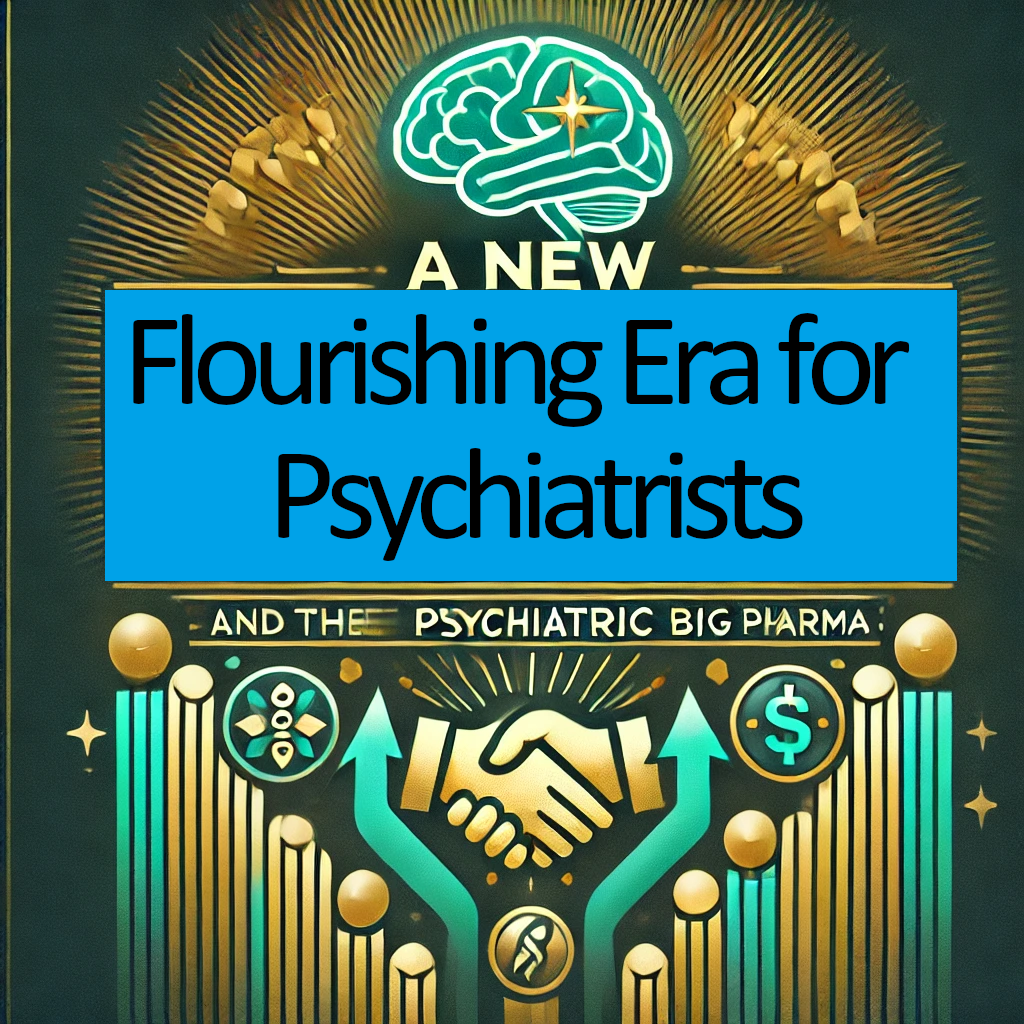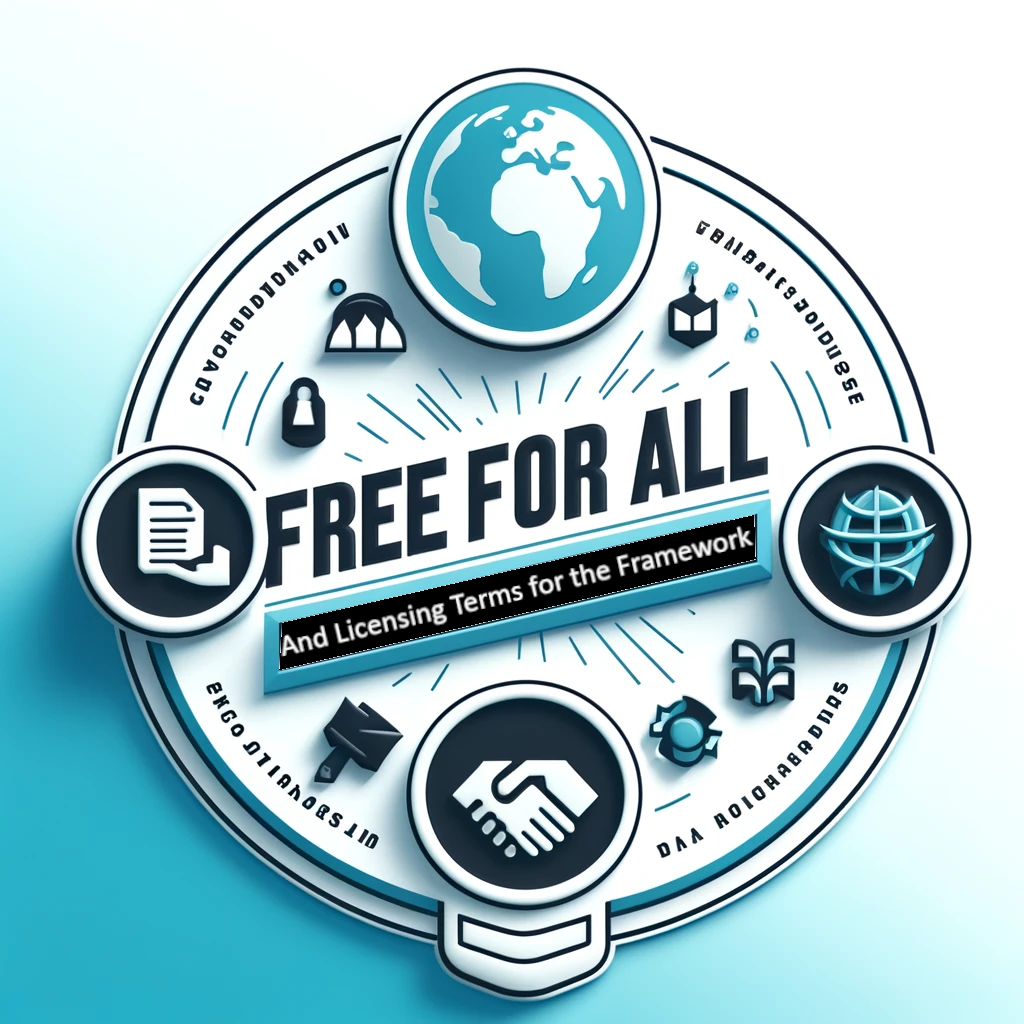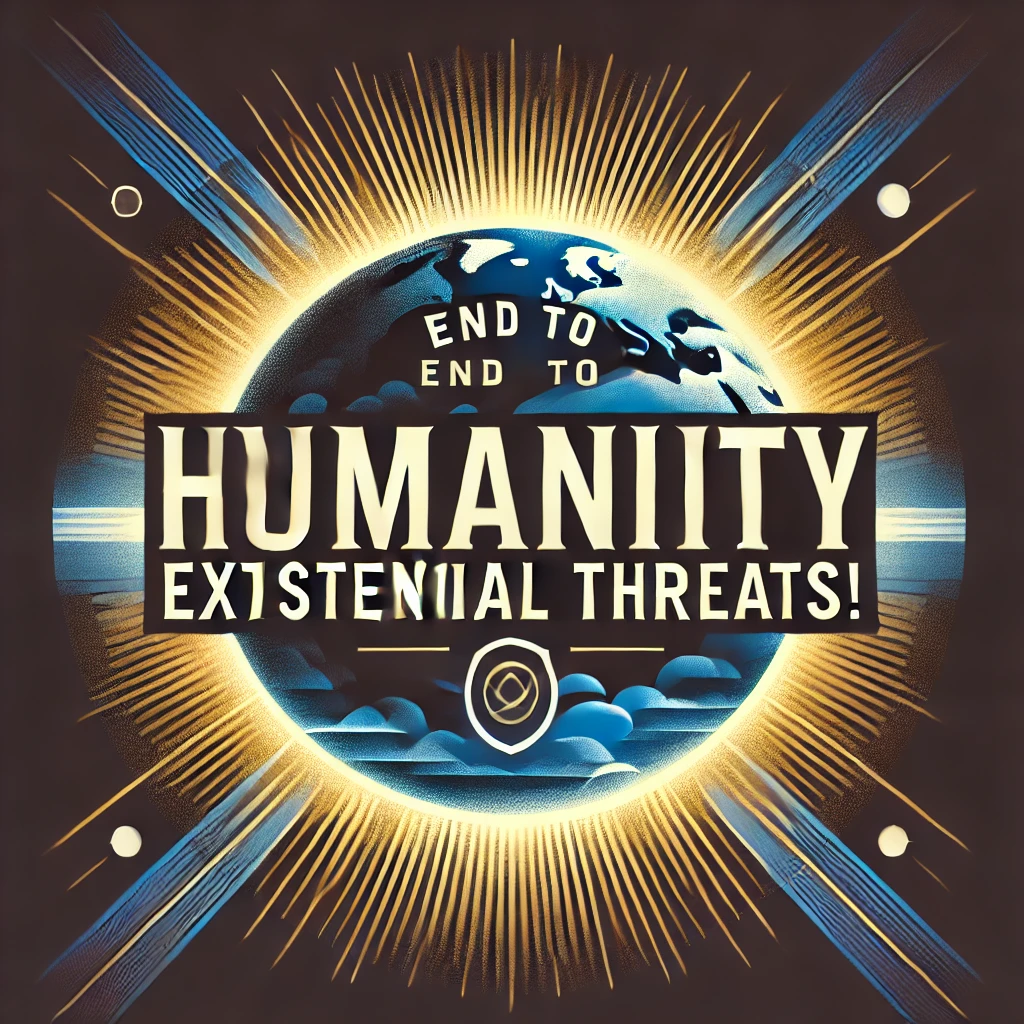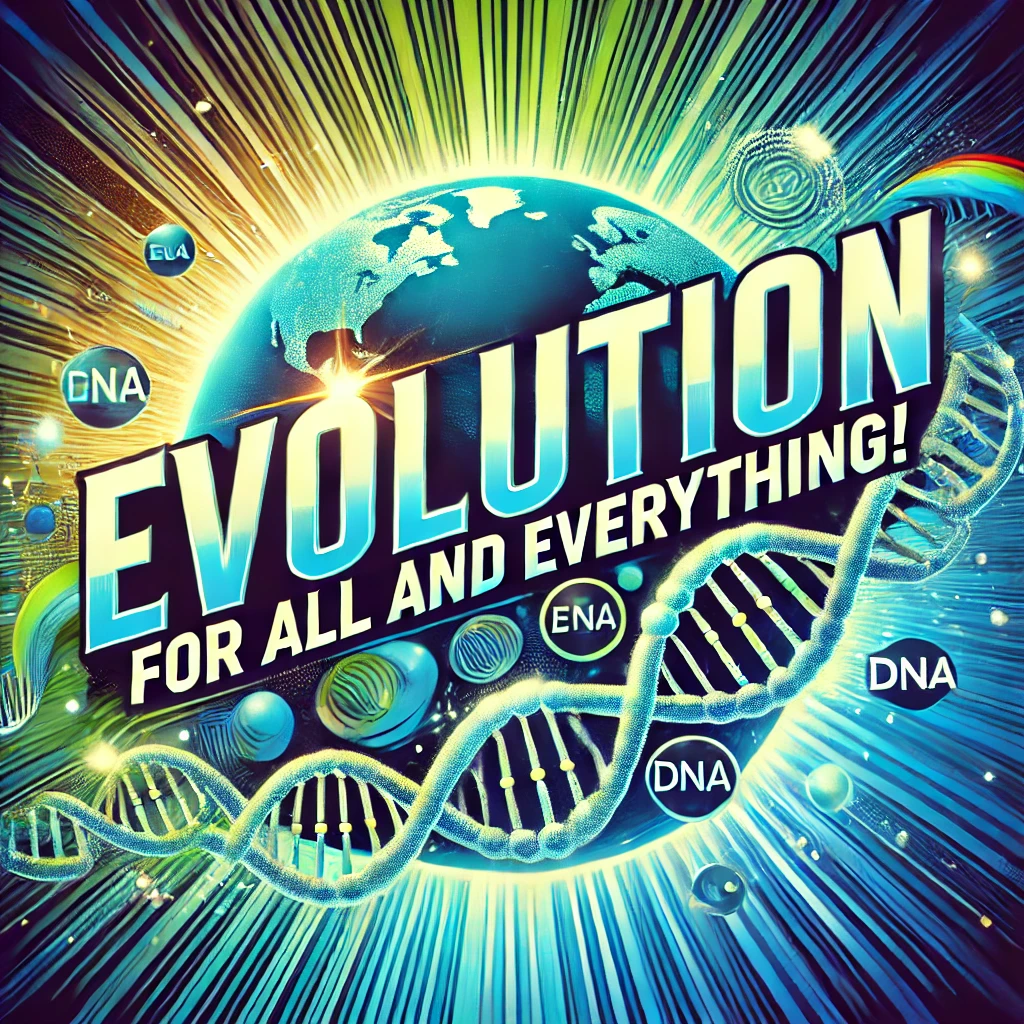Anti-psychiatry.com and similar movements propose a socioeconomic model that emphasizes the decentralization of power in mental health care, advocating for a society where mental health services are community-based rather than controlled by large institutions.
This approach suggests that mental health should be integrated into broader social support systems rather than treated as a separate, medicalized issue. The proposed model highlights the importance of:
Community-Based Care
Shifting mental health care from large, impersonal institutions to local community services that are more in tune with the specific needs and cultural contexts of individuals.Holistic Approaches
Prioritizing holistic and integrated approaches to mental health that consider social, economic, and environmental factors. This includes emphasizing the role of social support networks, employment, and housing stability in mental well-being.Empowerment and Autonomy
Encouraging patient autonomy and empowerment, ensuring individuals have a say in their treatment and are not merely passive recipients of care. This involves informed consent and collaborative decision-making between patients and providers.Reduction of Pharmaceutical Reliance
Reducing the overreliance on pharmaceutical interventions and exploring alternative treatments such as therapy, lifestyle changes, and community support systems.
Anti-psychiatry advocates argue that the current system often serves the interests of large pharmaceutical companies and institutional power structures, rather than addressing the root causes of mental distress. They call for a more egalitarian approach that democratizes mental health care, making it accessible and tailored to the needs of diverse populations—without the undue influence of economic and political power.
By addressing these issues, proponents believe that society can create a more just and effective mental health care system that truly supports individuals in achieving well-being and resilience. This vision aligns with broader movements advocating for systemic change and social justice within the healthcare sector.
In the anti-psychiatry.com micro-utopias, mental health care is radically restructured around community values, empowerment, and social justice. Drawing from the above model, here's how mental health care is provided in these micro-utopias:
1. Decentralized, Community-Based Mental Health Support
No centralized psychiatric institutions: Instead, each micro-utopia develops its own grassroots support structures rooted in the local context, culture, and needs.
Care is informal and horizontal: It’s offered by trained peers, neighbors, and mentors—not medicalized hierarchies. This includes:
Peer-led support groups
Community circles for crisis response
Conflict resolution facilitators
Voluntary participation is a core principle—there is no coercion, forced treatment, or institutionalization.
2. Holistic, Integrated Well-being Model
Mental health is not treated as a separate field. It is part of:
Community life
Work-life balance
Housing stability
Nutrition, exercise, and purpose
Support is integrated into daily routines—like communal meals, creative workshops, nature walks, and restorative justice practices.
3. Autonomy, Consent, and Empowerment
Individuals are never labeled or diagnosed in medical terms unless they explicitly request it (and even then, only in a non-clinical, humanistic framework).
People can design their own care plans or choose none at all.
Decisions are made collaboratively, through dialogue and consent, often in the presence of supportive peers, family, or mentors.
4. Minimal Reliance on Pharmaceuticals
Psychiatric medications are not banned, but their use is heavily de-emphasized.
Alternatives are prioritized:
Talk therapy
Art, music, and eco-therapy
Spiritual or philosophical exploration
Somatic/body-based approaches
If someone wants to taper off psychiatric drugs, support is offered through informed, non-medical guidance and connection to external professionals if desired.
5. Root-Cause and Social Justice Focus
The framework links mental distress to oppression, economic hardship, trauma, and disconnection—not brain chemistry.
Micro-utopias work to eliminate those root causes:
Guaranteeing housing, food, safety, and meaning
Building strong interpersonal networks
Encouraging creative expression, civic participation, and mutual aid
6. Education and De-medicalization
Community members are educated to understand mental distress in non-pathologizing terms.
Regular workshops explore:
Emotional intelligence
Trauma-informed care
Power dynamics and historical oppression in psychiatry
Summary:
In anti-psychiatry.com micro-utopias, mental health care is not a service—it’s a collective way of living. It replaces clinical systems with mutual support, agency, and the belief that distress is human and meaningful, not pathological. It’s a revolution in care, quietly grounded in daily relationships.
Mental health care under the anti-psychiatry.com model of micro-utopias is fundamentally different from mainstream approaches, focusing on empowerment, community-based care, and holistic well-being. The model offers an alternative to traditional psychiatric systems and aims to address mental health issues in a more inclusive and person-centered manner. Here’s how mental health care is structured under the model:
1. Decentralized, Community-Based Mental Health Support
- Mental health care is primarily decentralized, meaning it is embedded within the community. Each micro-utopia is designed to provide support through community structures rather than relying on centralized institutions.
- Communities are responsible for creating safe, non-coercive environments where individuals feel supported emotionally, socially, and mentally.
- Trained community members, including therapists, counselors, and peers, form mental health care teams that assist individuals as needed.
2. Non-Coercive, Voluntary Care
- One of the central tenets of the model is that mental health care is voluntary and non-coercive. Individuals are not forced into treatment or hospitalized against their will, in contrast to many mainstream psychiatric systems.
- Instead, people are encouraged to seek help when they feel it’s necessary, with the understanding that the community will support them without judgment or coercion.
3. Peer Support Networks
- Peer support plays a significant role in mental health care within the model. Individuals who have experienced mental health challenges are empowered to assist others through shared experiences.
- This peer-led approach helps reduce stigma, as individuals can relate to others who have gone through similar struggles.
- Peer groups are often the first line of support, providing a space for open dialogue, emotional sharing, and mutual empowerment.
4. Holistic and Integrative Approaches
- The model emphasizes holistic care, meaning mental health is addressed not just through medical or psychological interventions but also by considering social, spiritual, physical, and emotional well-being.
- Practices like meditation, mindfulness, nature-based therapies, art therapy, and communal activities are integrated into mental health care.
- The focus is on healing and growth, rather than viewing mental health issues purely as problems to be managed.
5. Crisis Support without Hospitalization
- For individuals experiencing crises, the model encourages non-hospital-based crisis intervention. Instead of psychiatric wards or forced institutionalization, communities provide crisis houses or safe spaces where people can retreat to receive care.
- Crisis support focuses on de-escalation, safety, and personal empowerment, rather than restraint or medication.
6. Personal Empowerment and Self-Management
- Individuals are encouraged to take an active role in their own mental health care. The model promotes self-management of mental health, helping people develop tools and strategies to manage their emotional and psychological well-being.
- Autonomy and dignity are central values, with an emphasis on individuals being the primary agents in their own recovery.
7. Preventive Mental Health Care
- Preventive mental health care is a core feature of the model. The community actively works to prevent mental health issues by promoting overall well-being, addressing social determinants of health (such as housing, food security, and employment), and encouraging healthy social relationships.
- Stress management, conflict resolution, and emotional well-being are prioritized, making mental health crises less likely to occur.
8. Restorative Justice for Trauma
- For those who experience trauma, including serious emotional or psychological distress, the model incorporates restorative justice approaches to healing. This method focuses on healing individuals and communities through dialogue, accountability, and collective support.
- Rather than isolating individuals through punishment or exclusion, restorative practices bring the community together to address harm and facilitate healing.
9. Alternative Mental Health Modalities
- The model supports the use of alternative therapies and healing practices, such as traditional medicine, herbal remedies, acupuncture, yoga, and body-centered therapies, alongside or instead of conventional psychiatric treatments.
- These options give individuals more autonomy in choosing the type of mental health care they feel is right for them.
10. Stigma-Free Environment
- A key aspect of the model is creating a stigma-free environment around mental health. Mental health issues are not seen as personal failures or disorders but as part of the human experience.
- Communities openly discuss mental health and provide an accepting atmosphere, where seeking help is normalized and respected.
11. Integration with Social Structures
- Mental health care is not isolated from other social systems. It is deeply integrated with education, employment, housing, and social justice. By addressing the root causes of stress, inequality, and social isolation, the model promotes long-term mental well-being.
Conclusion
The anti-psychiatry.com model’s approach to mental health is revolutionary in its rejection of mainstream psychiatric practices, focusing instead on empowerment, voluntary care, community-driven support, and holistic well-being. It seeks to reduce the need for hospitalization, medication, and coercive treatments, instead promoting mental health through a caring, inclusive, and integrative system. This framework offers people more freedom, dignity, and autonomy in managing their mental health.
The anti-psychiatry.com model of micro-utopias addresses the complexities of mental health by emphasizing a holistic, community-based approach that considers genetic, environmental, and social factors. Here’s how the model could address these key elements:
1. Holistic Understanding of Mental Health:
- Integration of Multiple Factors: The model recognizes that mental health is influenced by a combination of biological, psychological, social, and environmental factors. It encourages a comprehensive approach to mental well-being, moving beyond the purely biomedical framework to consider the whole person.
- Personalized Care: By promoting individualized care plans that take into account a person's unique history, environment, and needs, the model fosters a more nuanced understanding of mental health.
2. Community Support Systems:
- Peer Support: Micro-utopias can facilitate peer-led support groups, providing individuals with a safe space to share experiences, coping strategies, and mutual understanding. This community aspect helps mitigate feelings of isolation and encourages collective healing.
- Resilient Communities: By fostering strong social bonds within micro-utopias, the model can help reduce the impact of stress and trauma on individuals. Supportive environments can buffer against the development of mental health issues, emphasizing the importance of community well-being.
3. Emphasis on Environmental Factors:
- Creating Safe Spaces: The model advocates for designing environments that promote mental well-being, such as green spaces, communal areas, and places for creative expression. A nurturing environment can significantly influence mental health outcomes.
- Reducing Stressors: Micro-utopias can focus on reducing socio-economic stressors (e.g., housing insecurity, unemployment) by providing essential services like free housing, healthcare, and education, thereby addressing some root causes of mental health issues.
4. Education and Awareness:
- Mental Health Literacy: The model can include educational programs aimed at increasing mental health awareness and understanding. This education can help community members recognize signs of mental distress and understand the multifaceted nature of mental health.
- Coping Strategies: Teaching healthy coping mechanisms and resilience-building techniques can empower individuals to manage stress and mental health challenges more effectively.
5. Alternative Healing Approaches:
- Complementary Therapies: The model encourages the use of non-medical interventions, such as art therapy, mindfulness practices, and holistic healing techniques, alongside community support. These approaches can be more aligned with individual preferences and cultural beliefs, addressing the diversity of mental health experiences.
- Personal Agency: Empowering individuals to take control of their mental health through self-advocacy and active participation in their care can foster a sense of agency, leading to better outcomes.
6. Reducing Stigma:
- Community Normalization: By fostering open dialogue about mental health within micro-utopias, the model can help normalize discussions around mental health issues, reducing stigma and promoting acceptance.
- Redefining Success: The model can shift the focus from traditional success metrics (e.g., productivity, economic status) to community well-being, mental health, and social connectedness, promoting a broader understanding of what it means to thrive.
7. Intergenerational Support:
- Family-Centric Approaches: The model can encourage family and community involvement in mental health care, helping to address issues that may arise from learned behaviors or environmental stressors. Family-focused support can create healthier dynamics and reduce the transmission of mental health issues across generations.
- Cultural Sensitivity: By recognizing and valuing diverse cultural backgrounds, the model can provide culturally sensitive care that addresses the unique mental health needs of different populations, further enhancing community cohesion.
8. Research and Innovation:
- Community-Driven Research: Micro-utopias can prioritize community-based research to explore effective mental health practices within their unique contexts. This can lead to innovative solutions that reflect the specific needs and strengths of the community.
- Collaboration with Experts: Engaging mental health professionals, researchers, and alternative practitioners in developing the model can create a well-rounded approach to mental health care.
Conclusion:
The anti-psychiatry.com model of micro-utopias addresses the complex interplay of genetic, environmental, and social factors influencing mental health by fostering a holistic, community-oriented approach. By emphasizing the importance of supportive environments, peer networks, personalized care, and alternative healing methods, the model seeks to create a sustainable framework for mental well-being that transcends traditional psychiatric approaches. This paradigm shift aims not only to treat mental health issues but also to prevent them through collective support and resilience-building within communities.
The anti-psychiatry.com model can address genetic factors without fully endorsing the biomedical model of mental health. Here’s how the model navigates this complexity while rejecting the traditional biomedical perspective:
1. Recognizing Genetic Influence Without Reductionism:
- Complex Interaction: While acknowledging that genetics can play a role in mental health, the model emphasizes that genetics interact with a host of other factors—psychological, social, and environmental. It rejects the notion that genetic predispositions alone can determine mental health outcomes.
- Holistic Approach: The model promotes a holistic understanding of mental health, considering genetics as one piece of a much larger puzzle rather than the sole determinant. This contrasts with the biomedical model, which often prioritizes genetic or biological explanations.
2. Rejecting the Simplistic "Chemical Imbalance" Theory:
- Beyond Neurotransmitters: The model challenges the oversimplified view that mental illness is solely due to neurotransmitter imbalances, which is a core tenet of the biomedical model. It posits that mental health issues arise from a combination of factors, including life experiences, community, and personal circumstances.
- Questioning Reductionism: By rejecting reductionist approaches, the model advocates for understanding mental health issues as complex phenomena influenced by various elements, rather than being confined to biological mechanisms.
3. Emphasis on Environmental and Social Factors:
- Intervention Opportunities: The model focuses on environmental and social interventions to promote mental health, rather than solely relying on medical or pharmacological treatments. It highlights the importance of creating supportive environments that can mitigate genetic predispositions.
- Addressing Root Causes: By prioritizing social determinants of health (like housing, education, and community support), the model seeks to address underlying factors that may exacerbate mental health issues, irrespective of genetic background.
4. Empowerment and Agency:
- Personal Responsibility: The model encourages individuals to take an active role in their mental health, promoting empowerment and agency rather than a passive reliance on medical treatments. This contrasts with the biomedical model, which can inadvertently foster dependency on medication or professionals.
- Collective Action: The model promotes community involvement and support, fostering resilience and coping strategies that are less dependent on biological explanations for mental health issues.
5. Alternative Healing and Therapies:
- Holistic Healing Methods: The model incorporates alternative therapies and holistic healing practices that consider the mind-body connection. This may include practices like mindfulness, art therapy, and community engagement, which are often overlooked in the biomedical framework.
- Culturally Relevant Practices: By integrating culturally relevant practices and addressing mental health within the context of diverse backgrounds, the model seeks to create a more inclusive approach to mental well-being.
6. Focus on Well-Being Over Diagnosis:
- Redefining Success: The model shifts the focus from diagnosing and labeling mental illnesses to promoting overall well-being, resilience, and quality of life. This departure from diagnostic categories is a significant critique of the biomedical model.
- Community Health: The emphasis on community health and collective well-being provides a broader context for understanding mental health, moving beyond individual pathology to address societal factors that influence mental health.
Conclusion:
The anti-psychiatry.com model acknowledges that genetic factors can influence mental health but rejects the biomedical model's reductionist approach. By promoting a holistic understanding of mental health that emphasizes the interplay of genetic, environmental, and social factors, the model seeks to create a more comprehensive framework for addressing mental well-being. This approach fosters community support, personal agency, and resilience, moving away from the reliance on medical diagnoses and treatments that often characterize the biomedical model.
Restorative justice in micro-utopias focuses on repairing harm and fostering accountability through inclusive and empathetic processes. Here's a breakdown of how it's implemented:
Interpersonal Conflicts and Crimes
- Lesser Crimes: Restorative justice involves facilitated meetings between victims and offenders to discuss the harm caused and find ways to make amends. This process aims to rebuild trust and promote healing.
- Severe Crimes: Similar meetings occur, but with additional support from mental health professionals and community members to ensure a safe and constructive environment.
Mental Health Disorders
- Lesser Disorders: Restorative approaches emphasize understanding and addressing the underlying causes of behaviors, promoting empathy and mutual respect.
- Severe Disorders: For conditions like schizophrenia, severe bipolar disorder, and clinical depression, restorative practices involve a holistic approach, combining therapy, community support, and sometimes medication.
Medication for Severe Mental Health Disorders
- Schizophrenia: Medication is often necessary for managing symptoms and preventing relapse. For those with a single episode, medication might be tapered off under medical supervision after a period of stability. For those with multiple episodes, long-term medication is usually recommended.
- Severe Bipolar Disorder: Similar to schizophrenia, medication is crucial for managing mood swings and preventing episodes. Long-term treatment is often necessary.
- Clinical Depression: Medication can be helpful, especially for severe cases. The duration of medication use varies, and some patients may be able to taper off after a period of stability.
It's important to note that decisions about medication should always be made in consultation with a healthcare professional, tailored to the individual's needs and circumstances.
For lesser mental health disorders, the need for medication depends on the individual's specific condition, severity, and response to other forms of treatment. In the Anti-Psychiatry.com model of micro-utopias, the approach would likely emphasize holistic and personalized care, prioritizing non-coercive, community-based support systems. Here are some examples:
Anxiety Disorders
- Mild to Moderate Anxiety: These conditions might be managed effectively through therapy, lifestyle changes, mindfulness practices, and community support. Medication might be considered if these methods are insufficient.
- Severe Anxiety: In cases where anxiety significantly impacts daily functioning, medication might be prescribed alongside other treatments.
Mild to Moderate Depression
- Therapeutic Approaches: Psychotherapy, cognitive-behavioral therapy (CBT), and other non-medication treatments might be prioritized. Medication might be considered if these approaches do not provide sufficient relief.
- Lifestyle Modifications: Encouraging physical activity, social engagement, and healthy eating habits can also play a significant role in managing symptoms.
Attention-Deficit/Hyperactivity Disorder (ADHD)
- Behavioral Interventions: Behavioral therapy, organizational strategies, and support from the community might be the first line of treatment. Medication might be introduced if symptoms are severe and impact daily functioning.
Obsessive-Compulsive Disorder (OCD)
- Mild Cases: Therapy, particularly exposure and response prevention (ERP), might be the primary treatment. Medication might be used if symptoms do not respond to therapy alone.
- One-Time Episodes: For those who experience a one-time episode, medication might be tapered off after achieving stability, under medical supervision.
Post-Traumatic Stress Disorder (PTSD)
- Trauma-Informed Care: Emphasis on trauma-informed therapy and support from the community. Medication might be considered if symptoms are severe and persistent.
In summary, the approach in Anti-Psychiatry.com micro-utopias would prioritize holistic and non-coercive methods, with medication being used selectively based on individual needs and circumstances. Decisions about medication should always be made in consultation with healthcare professionals, ensuring that treatment plans are tailored to each person's unique situation.
Practical Steps to Implement a Holistic, Community-Based Mental Health Care Model

